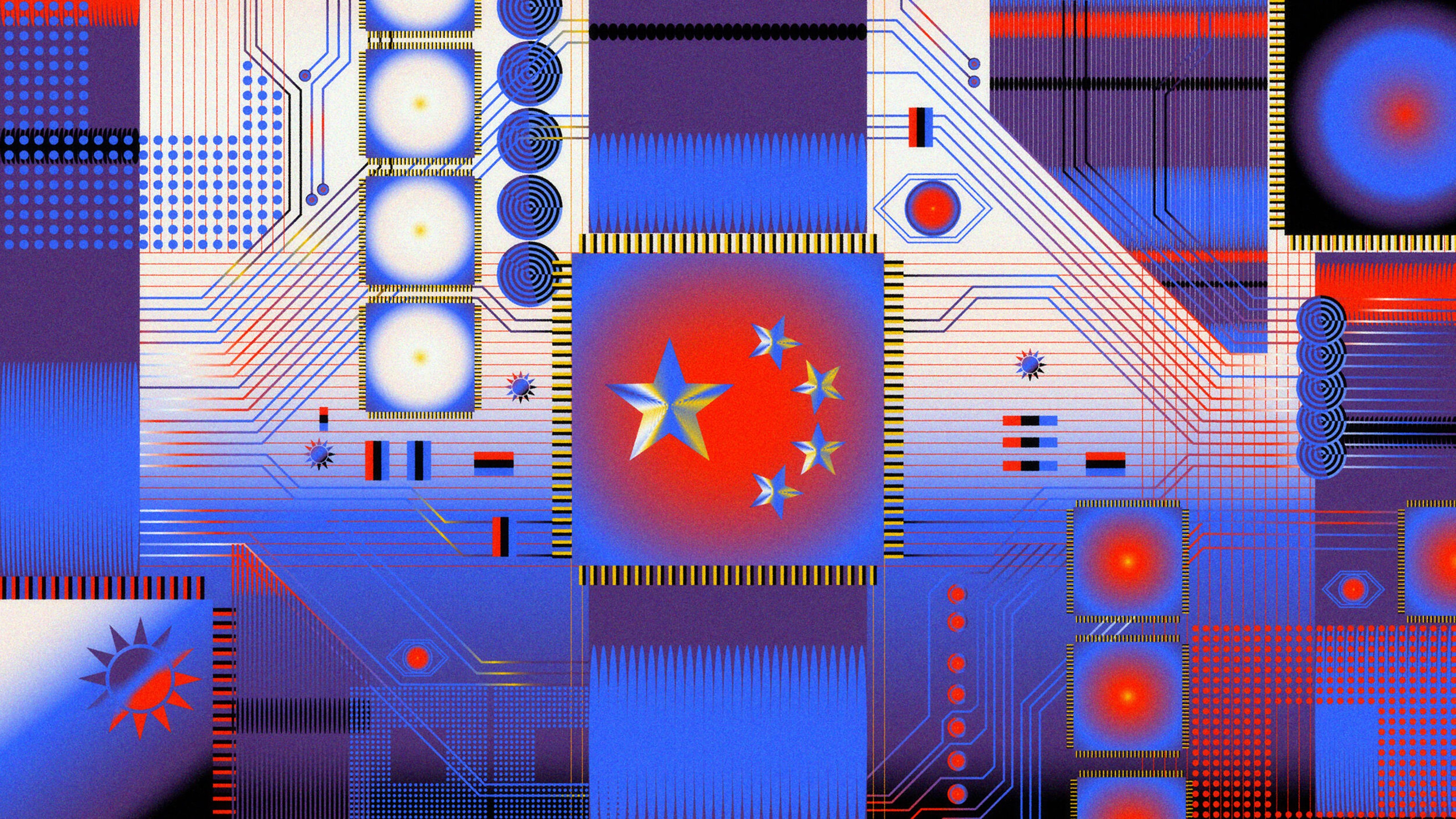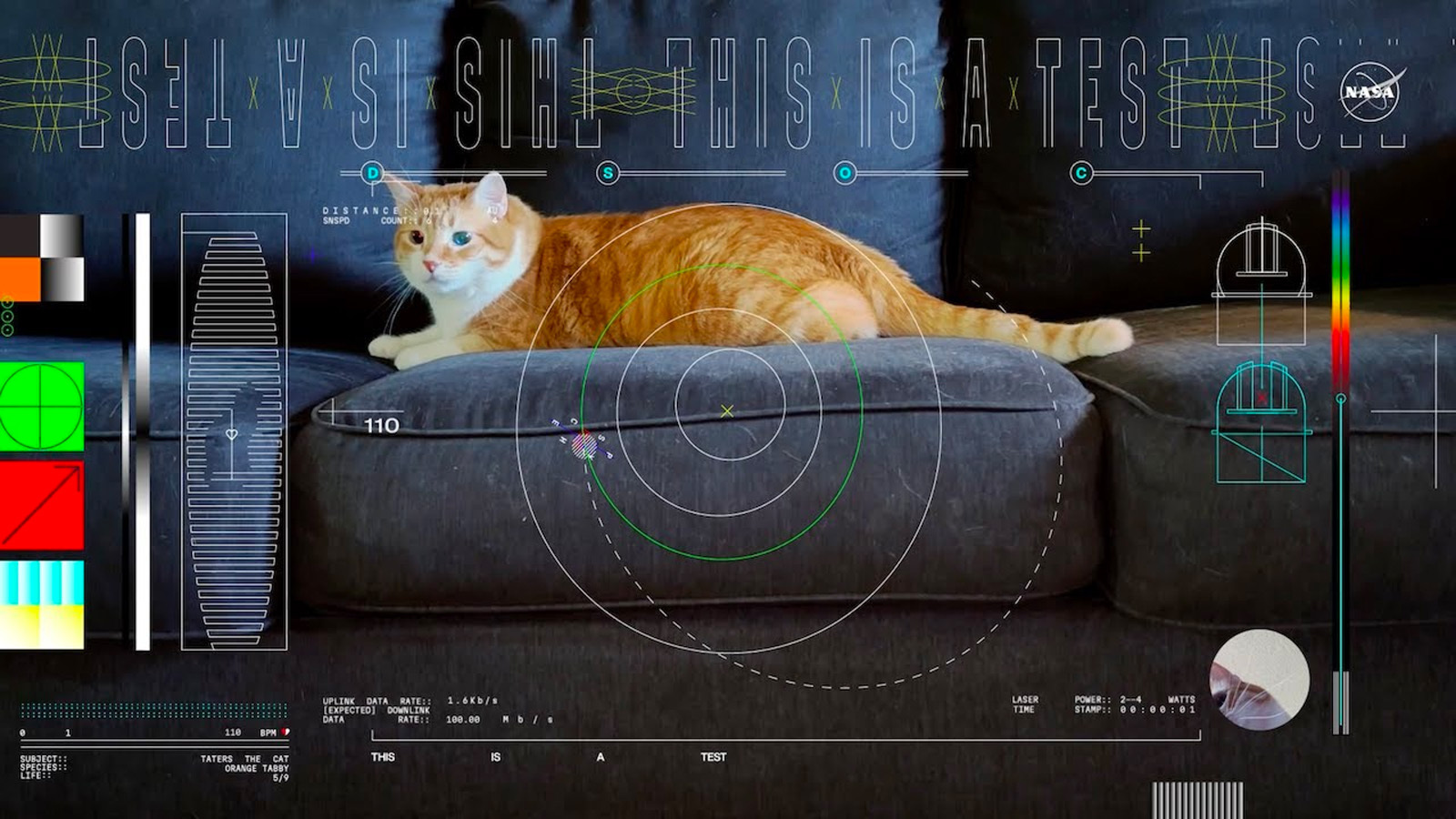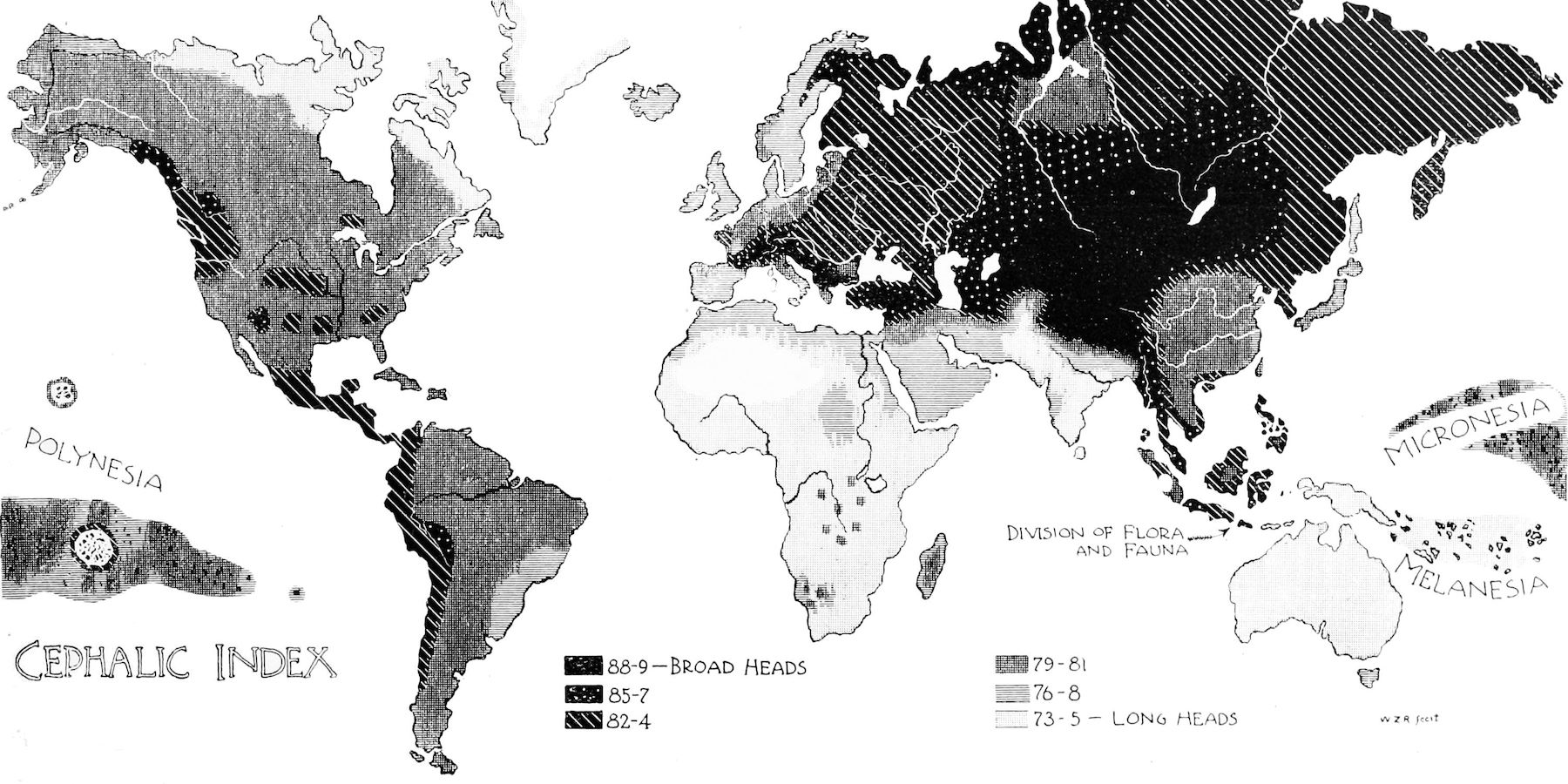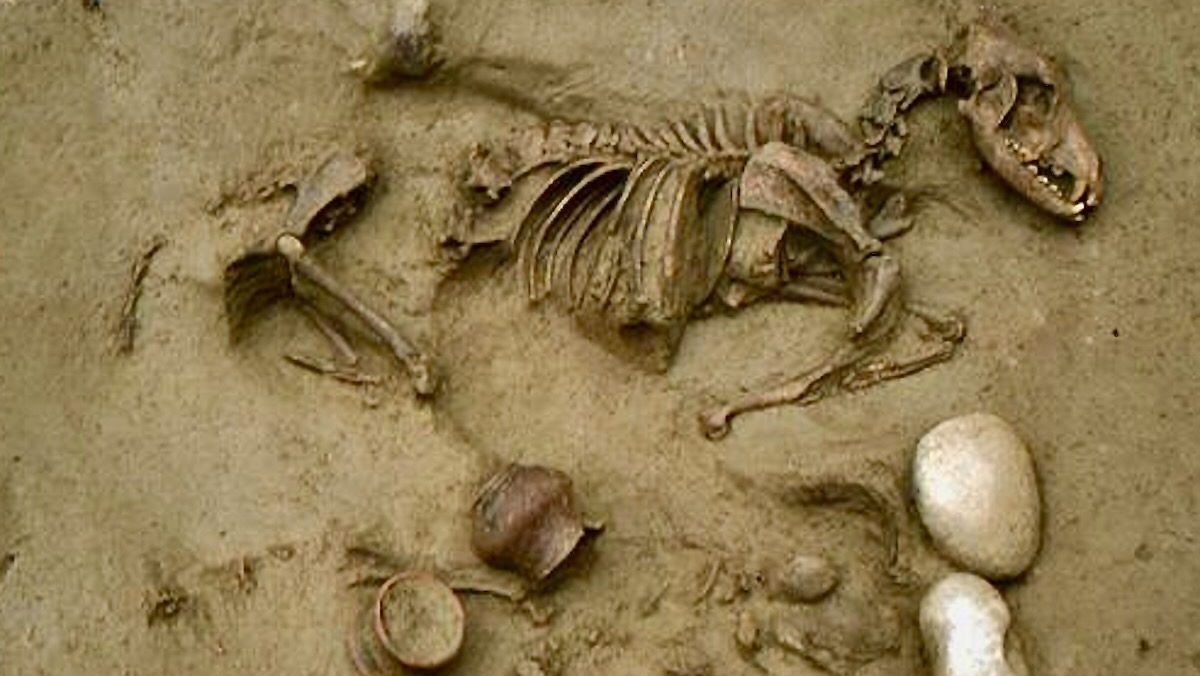Most waves need a medium to travel through. But the way that light and gravitational waves travel shows that space can’t be a medium at all.
Search Results
You searched for: Cats
Cats twist and snakes slide, exploiting and negotiating physical laws. Scientists are figuring out how.
The cat-and-mouse game between China and the world’s semiconductor companies is already having enormous consequences.
A photographer captured Bern’s eclectic and charming feline structures.
Pugs are funny and cute, but that is because we have bred them intentionally to have debilitating genetic mutations. Is that ethical?
Ancient bones reveal that domesticated felines were at home in Pre-Neolithic Poland around 8,000 years ago.
A new technique that can automatically classify phases of physical systems could help scientists investigate novel materials.
The evolution of quantum technology is far from over.
Despite a reputation for catastrophe and cat killings, curiosity is a beneficial drive that improves our lives and well-being.
Katie Kermode — a memory athlete with four world records — tells Big Think about her unique spin on an ancient technique to memorize unfathomably long lists of information.
HaptX gloves provide high-fidelity touch feedback of virtual spaces (and they look cool, too).
The record-breaking transmission could revolutionize deep space communication.
People who rate themselves as highly knowledgeable about cats are more likely to interact with cats in ways they don’t like.
“Not my circus, not my monkeys.”
The multiverse is an idea that has gained a lot of traction in popular culture. But what does science have to say about it?
Dogs are seen as more likely to leap without looking – possibly a trait shared with their owners.
DUNE is designed to detect the Universe’s most antisocial particle: the neutrino.
The results of a recent study found that genetically engineering cats could be a solution to eliminating cat allergies.
These landscapes — of geographical differences in head shapes — have vanished from acceptable science (and cartography).
You can learn a lot about life through literature’s most unrespectable and heinous characters.
A 1.5-million-year-old hominin bone shows signs that the victim was eaten by lions — and humans.
For nearly a century, physicists have argued over how to interpret quantum physics. But reality exists independent of any interpretation.
It’s knowledgeable, confident, and behaves human-like in many ways. But it’s not magic that powers AI though; it’s just math and data.
Toxoplasmosis, which results from a chance encounter with a cougar and the parasite it carries, can push a wolf to seek alpha status.
We could even benefit from more whataboutisms — if they’re used properly.
This pup puts us one step closer to resurrecting extinct species.
Neural imaging has shown that the brain has “decided” what we’re going to do before we make a conscious choice — but is this even relevant to free will?
A poignant, 2,000-year-old burial in northern Italy could be the latest evidence of an ancient friendship.





























